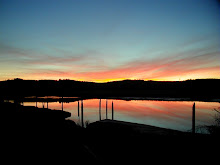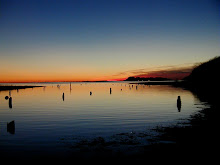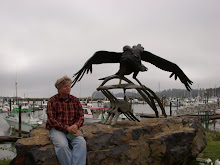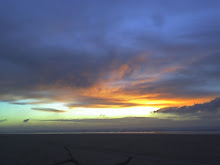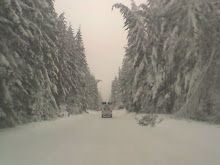
Cleveland Rockwell was a US Coastal surveyor out of Portland in the late 1800's. He did some fabulous surveys in the Pacific and Clatsop county area, particularly along the Columbia River.
He also painted landscapes. This painting was titled "Weather Beach". When I first saw it I was amazed, there's North Head without a lighthouse and there's Beard's Hollow looking pretty in the afternoon sun. The ship on the horizon is crossing the bar on a following wind perhaps. That big landslide is also visible above the stagecoach and is still visible today. The perspective also got me interested, perhaps he was on a large piece of driftwood, shipwreck or large rock? above the beach? I've checked out this picture from the beach many times, trying to find the right spot where I think he painted the coast from and I'm pretty sure that it is North Head. He also did another great painting of another local area that I'll post as soon as I find it.
I always liked the name "Weather Beach", as in "Oysterville-Weather Beach Road" or "Tarlett-Weather Beach Road". The beach we live on is where the weather hit first and thus it was the beach of storms, wrecks, stranded men, brutal winter winds and rains. Shipwrecked men, cast on to the beach, to struggle to find anyone at all to save them from exposure, starvation, thirst.
Yet by the time Rockwell painted the above image, the beach was changing fast, becoming a rural area with stage coaches, docks, wharves, soon a train, then roads. In a 3 generations from Robert Gray (1792) and the Lewis and Clark Expedition (1805-06), the beach would change forever.
The Columbia River Maritime Museum is going to have a showing of Rockwell's paintings sometime this year. Stay posted!










